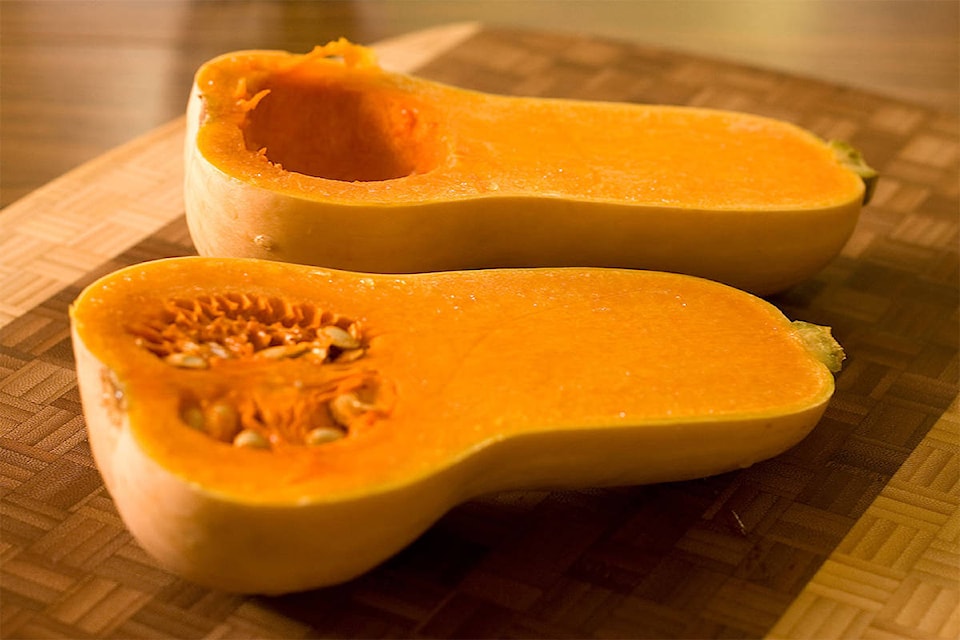Callandra Neustater
Observer Contributor
Since the end of the 20th century, gardeners and farmers have, for some reason, shifted from saving their own seeds to instead annually purchasing seeds from commercial suppliers. This trend has become so widespread that many people not only no longer know how to save seeds but oftentimes don’t know what is meant by the term ‘seed saving.’ Seed saving is the practice of harvesting, preserving and storing seeds from a crop yield in order to grow that crop year after year.
While the actual act of seed saving does require some knowledge, the biggest requirement, often lacking, is motivation to maintain ones own food security. An important thing to consider when saving seeds is cross pollination. Plants of the same species can have a transfer of pollen from the flower of one plant, to the flower of a plant having a different genetic constitution. When this happens, the seed results in not growing true; for example, if you grow a pickling cucumber next to a field cucumber, the seeds saved from those plants will be a kind of hybrid of the two.
Lets talk about the how tos in seed saving for a few staples in most home vegetable gardens.
Squash: When slicing in to your end-of-harvest squash, instead of scooping the pulp of the fruit into the compost or garbage, put them aside and prepare to dig in. Separate the seeds out from the stringy flesh and wash with clean water. Cure the seeds by placing them on either a screen or paper towel out of direct sun until thoroughly dried, about three to seven days. Once dried, store them in a marked envelope in a cool, dry place until used.
Tomato: Collect a ripe tomato, cut it in half, and squeeze the pulp, juice and seeds into a lidded container. Allow seeds to ferment in tomato juices for three days at a temperature no higher than 21°C (70°F), stirring once or twice a day. After the fermentation, transfer the pulp, juice and seeds in to a larger container and add water. The viable seeds (of most variates) will sink, while everything else will float. Collect seeds and wash with clean water. Spread seeds on to a screen or paper towel and allow to fully cure, out of direct sunlight, for about six days. Once dried, store them in a marked envelope in a cool, dry place until used. While it is advisable to allow tomato seeds to have a fermentation step before curing (for disease control and a higher quality germination), it is not completely necessary.
Beans: Beans are one of the easier seeds to save. Allow a number of pods to dry while still on the vine/bush. Remove pods from the plant and lay them to cure, out of direct sunlight, for about two weeks. Once two weeks have passed, shell the beans, or leave the seeds in the pods, and store in a marked envelope in a cool, dry place until used.
Greens: Seeds from greens (lettuce, spinach, etc.) are found in the flower heads produced after bolting. This is a seed that needs attention, as the seeds can mature in a short time period. It may be wise to place a paper bag around the flower to prevent the pod from bursting the seeds on to the ground or the seeds blowing away (depending on the type of greens you are collecting from). Alternatively, let the flowers bloom and die back, then collect to dry further indoors. Store dried seed in a marked envelope in a cool, dry place until used.
While saving seeds is a great way to secure your coming years of growing, be aware that some seeds are patented or owned by a corporation. Saving seeds from these corporations is illegal and could result in a hefty fine or court battle, so do your homework before diving in. Have fun and happy gardening.
Callandra Neustater is a local green thumb. The Observer would like to thank Callandra for her contributions to our seasonal feature on lawn and gardens.
